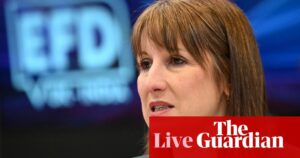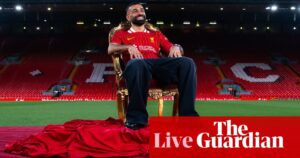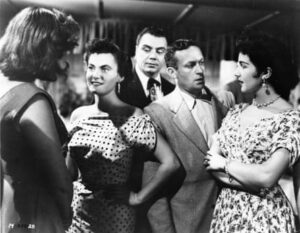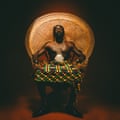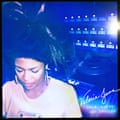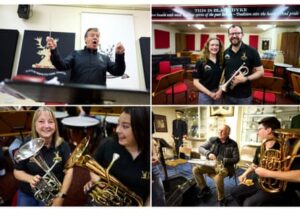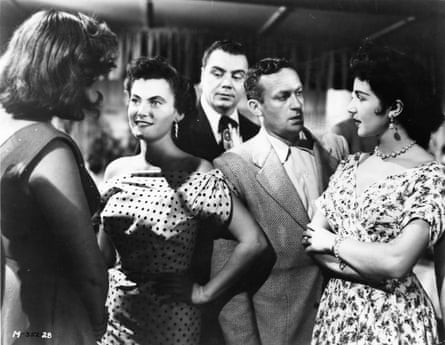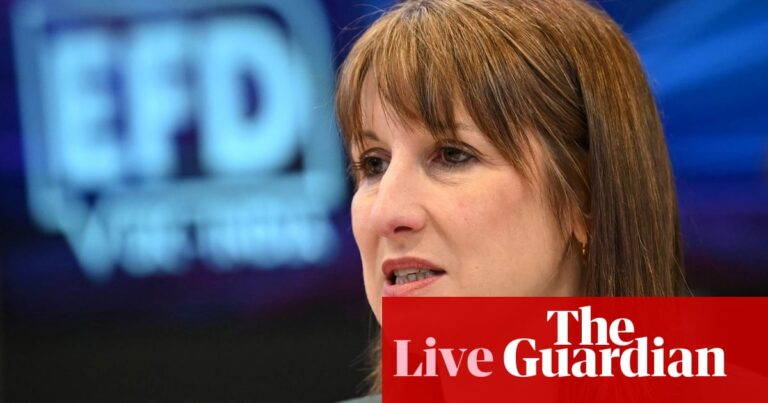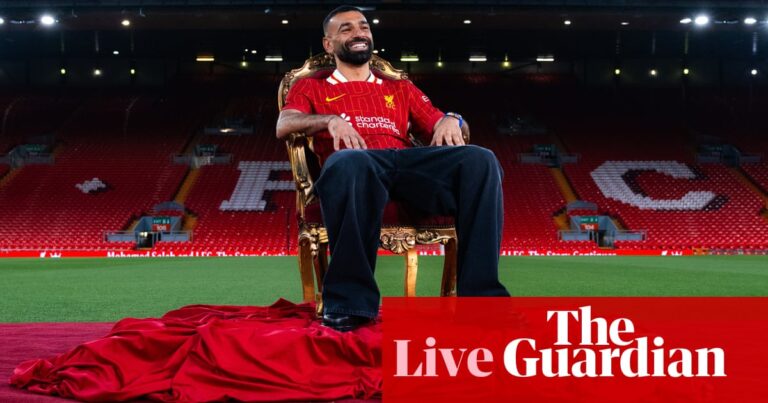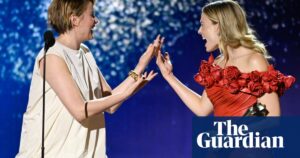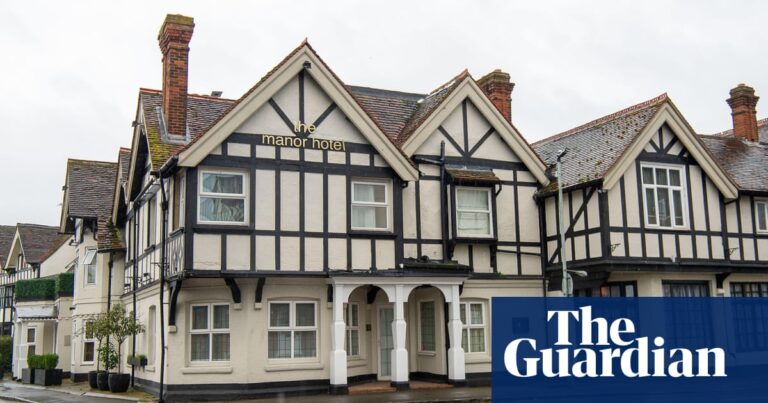I
In the past, I did not enjoy raves. As a Deaf woman, I often felt out of place in clubs and parties. I have had numerous instances of being left out or experiencing unwelcome attention, sexual harassment, and assault, causing me to see these environments as hazardous and not secure. This sentiment was shared by many of my Deaf and disabled acquaintances.
I have always had a passion for dancing since I was six years old. I would skip and twirl wherever I went, whether it was walking with my parents or waiting in line at the town pool. I was also obsessed with watching dance videos and even requested to use the school hall during lunch to dance, often inviting my Deaf classmates to join me.
I was born Deaf in a small town in northern New South Wales, and I am the only Deaf person in my family. The doctors were unable to determine the cause of my deafness. I stopped dancing during high school, thinking I could not pursue it professionally. I did not have any Deaf role models except for the annual visit of the Australian Theatre of the Deaf to our town. However, when I was 20, I watched Bangarra perform and it completely changed my perspective. I realized that dance was my true passion and was inspired by their celebration of Indigenous cultures and languages. This made me realize that I could also celebrate my Deaf culture, community, and language through dance.
My life is heavily influenced by both the world of dance and the Deaf community, but they are often separate from each other. As a professional dancer who is Deaf and has been for 10 years, I constantly move between these two communities. Despite being the only Deaf dancer, I struggle to navigate a world that historically has not been inclusive of deaf individuals. Even with sign language interpreters, I must adapt and accommodate hearing individuals. It can be exhausting to constantly advocate for my accessibility needs. Keeping up with conversations can be challenging, and I require more time to absorb the musical rhythms into my body. As I do not wear hearing aids, I rely on muscle memory, my peripheral vision, and observing the movements of other dancers to learn choreography.
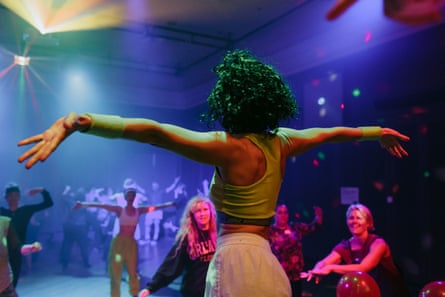
I often feel alone in the Deaf community as one of the few professional dancers. When Deaf individuals inquire about my profession, they often seem confused by my response. It is surprising how frequently I have witnessed Deaf individuals say, “I can’t dance, I’m Deaf.” Unfortunately, Deaf people are frequently discouraged from pursuing certain activities. It saddens me that dancing is often dismissed as something that is not accessible for Deaf and disabled individuals.
In my thirties, I experienced a series of realizations that altered my perspective on raves. These epiphanies also impacted my physical appearance, self-expression, sense of freedom and sexuality, and my longing for connection.
The first was an exhilarating and euphoric night in San Francisco, at the afterparty of the International Deaf Dance festival. The dancefloor was heaving with Deaf people. Even the DJ was Deaf. We guided each other through dance routines, taking turns to get on stage and give out instructions in international sign language.
Ignore the advertisement for the newsletter.
after newsletter promotion
During our trip in Cuba, we encountered some native individuals who kindly asked us to join them for a night of dancing. This occurred two weeks after Hurricane Irma, and we had to walk down damp stairs to enter a cave that was dripping with water. It felt like we were transported into a scene from Dirty Dancing. As we danced and synchronized our movements, there was a strong feeling of shared happiness, with the combination of slick floors, perspiring skin, and salsa music.
During my visit to the Kit Kat Club in Berlin, I observed how individuals were utilizing club environments as a means of exploring sensuality. A shibari performance that I witnessed evoked unexpected emotions within me upon seeing the woman’s ecstatic expression. I recall a woman checking in on my well-being and ensuring that I was enjoying myself. This gesture left a strong impact on me, as it made me feel cared for and emphasized the shared responsibility among club-goers to take care of one another.
These three encounters stayed in my memory for a considerable amount of time. However, they also sparked inquiries within me. Was it possible that raves, which I had previously despised, could also provide a sense of freedom, comfort, and recovery? I became intrigued by the idea of merging the worlds of dance and the Deaf community in order to foster a feeling of unity, camaraderie, and empowerment.
I developed SPIN, a lively dance event featuring Deaf hosts and a DJ. SPIN serves as an invitation, a challenge, and an exploration. It is a performance that encompasses elements of ritual, resilience, rebellion, submission, curiosity, and lightheartedness. The inaugural SPIN show took place at the 2018 Melbourne Fringe festival and has since been revived in 2023 in Germany and the UK. This year, it will also be featured at the Sydney festival. I have noticed a renewed yearning and enthusiasm among people to gather and dance, and I relate to this because dancing was instrumental in saving my life.
-
Anna Seymour is a dancer and founder of SPIN
-
The Sydney festival will be featuring SPIN from 17 to 22 January.
Source: theguardian.com
